Red fox is the most common fox in much of the world. It is easily recognized by its bright rusty-red or reddish-orange coat with white fur on the belly. A red fox has black on its lower legs and the backs of its ears. Its long, fluffy red tail has a white tip.
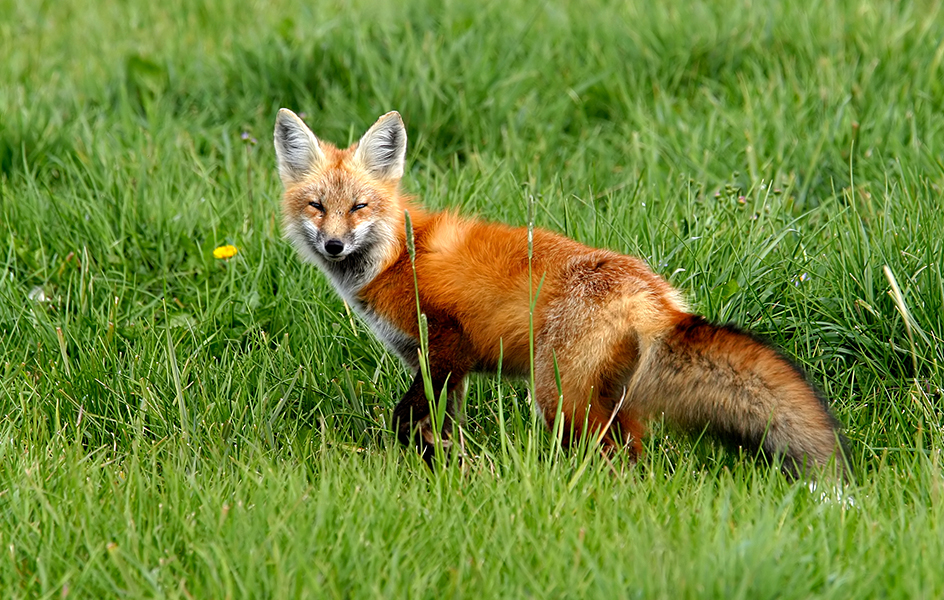
The red fox is the most widely distributed wild carnivore (meat-eating animal). Historically, red foxes were found in northern North America, much of Europe and Asia, and northern Africa. Today, red foxes can also be found in southern North America and as far north as the Arctic. Humans have also introduced red foxes into Australia.
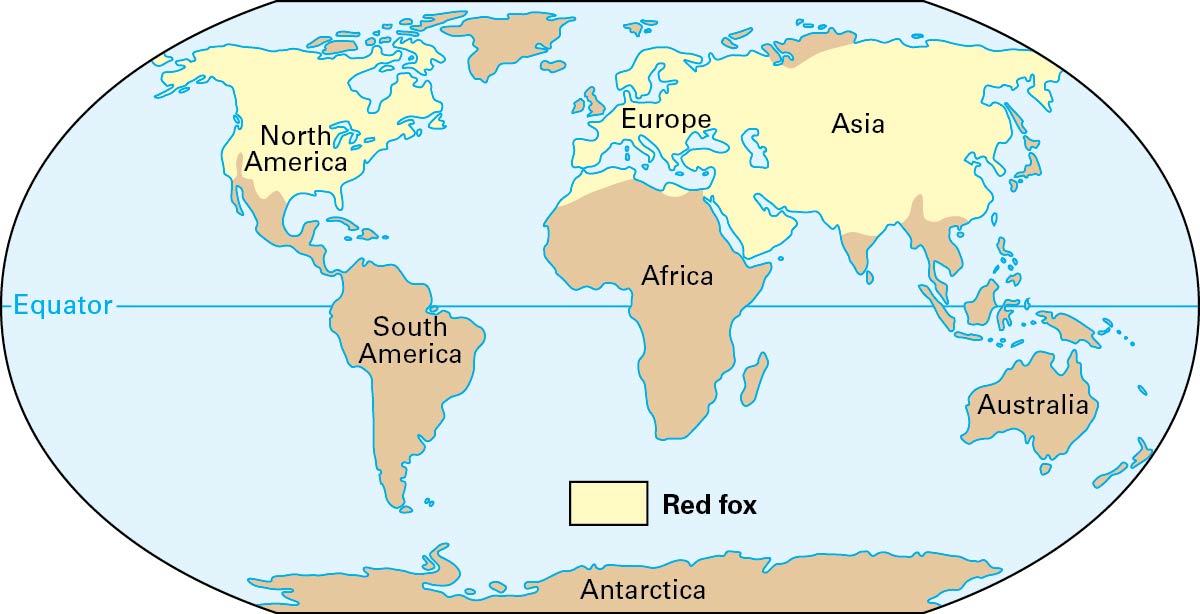
Red foxes are extremely adaptable. They can survive in most habitats, including deserts, farmlands, forests, grasslands, and tundra. They also thrive in cities and towns around the world.
Red foxes eat a wide variety of foods. They prefer rodents and rabbits. But they may also eat birds, carrion (dead animals), eggs, insects, reptiles, young deer, fruits, nuts, grains, human refuse (garbage), and even earthworms. Red foxes shelter and rest in dens. A fox den may be underground, in a cave, among rocks and rock ledges, or in a hollow log or tree. Red foxes may dig their own dens, but most use burrows abandoned by such animals as woodchucks.
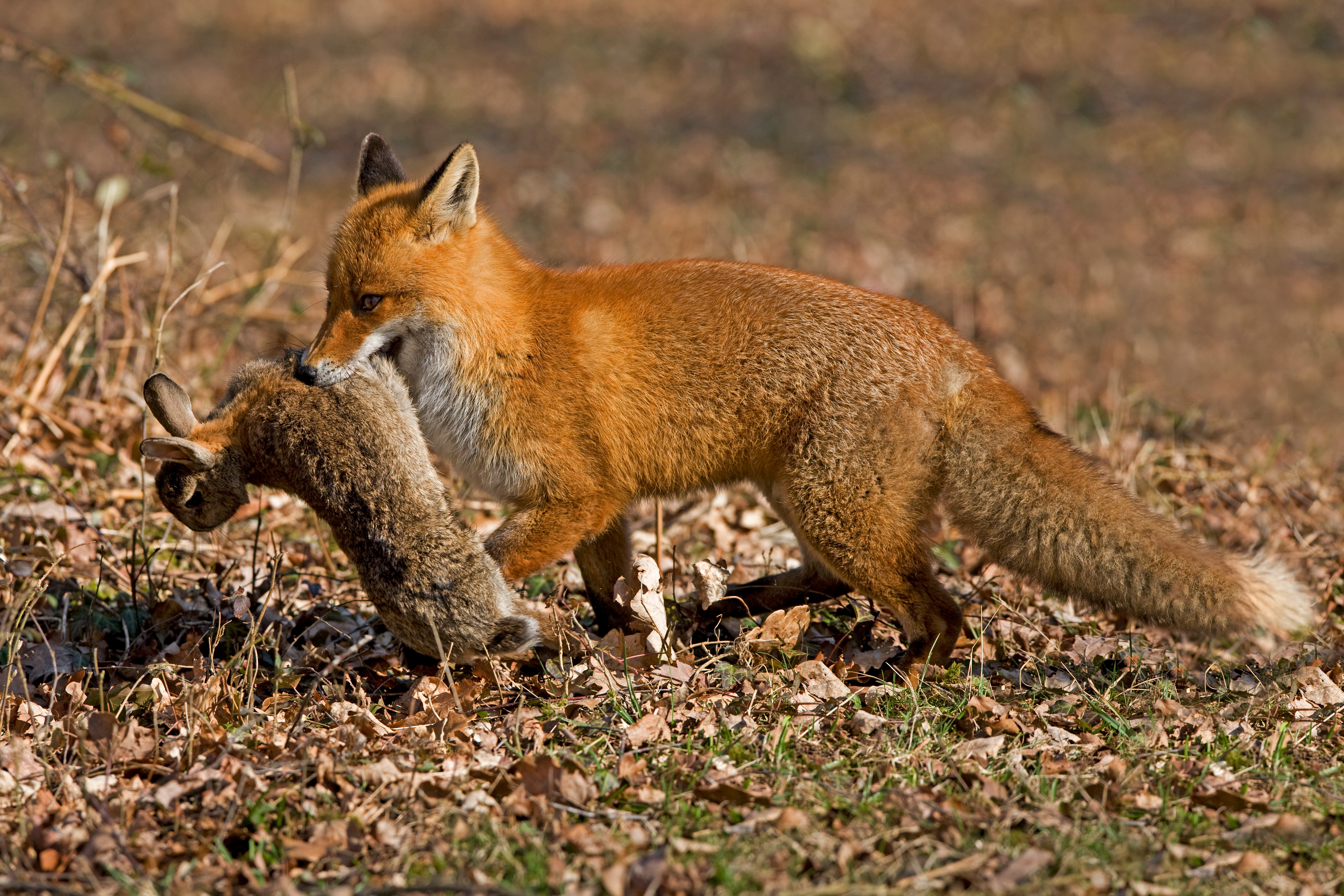
Each year, a female red fox gives birth to a litter of up to 13 pups. Pups are born about 50 days after mating. Grown pups from the previous year may stay and help the parents raise the new litter.
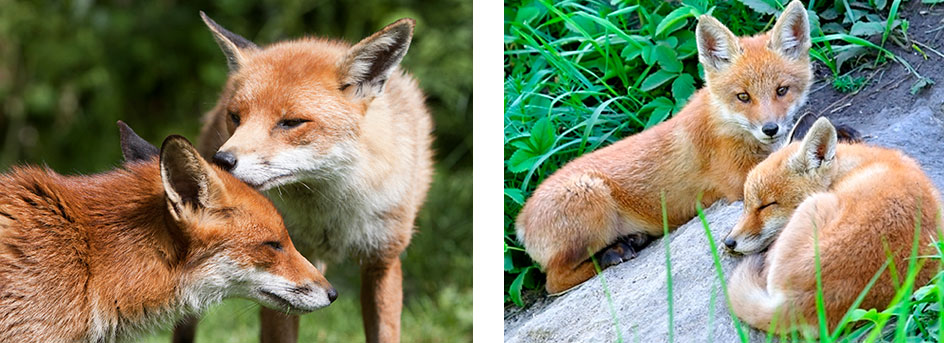
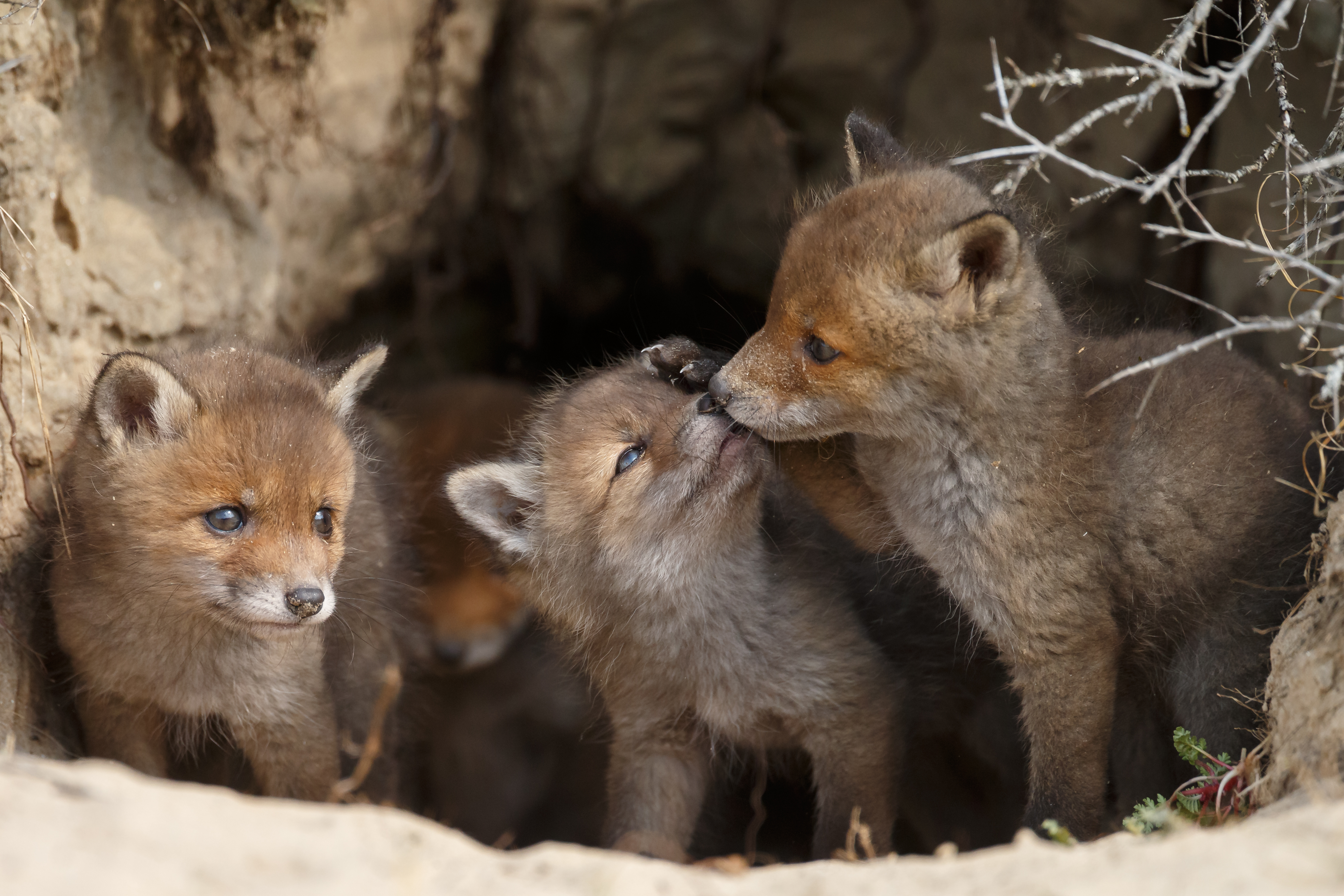
Red foxes are among the largest of foxes. The body of a red fox measures from 20 to 27 inches (51 to 69 centimeters) in length. Its tail adds another 11 to 18 inches (30 to 46 centimeters). Males weigh about 15 pounds (7 kilograms). Females weigh slightly less.
Many predators, including bobcats, coyotes, dingoes, eagles, and lynx prey on red foxes. Red foxes are also hunted by people for sport and trapped for their fur. They usually live about three to four years in the wild.
